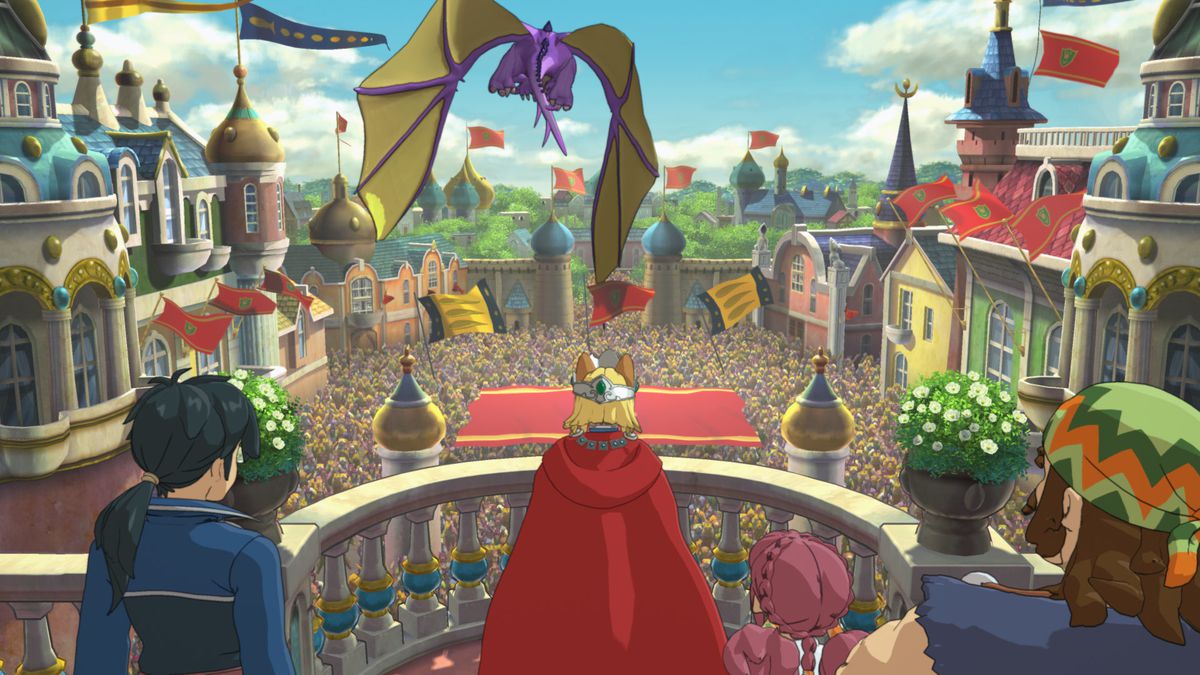Ni No Kuni: Wrath of the White Witch was a daring but flawed send off to the PlayStation 3.
With strong characters, gorgeous art direction and unique combat mechanics that didn’t always come together, it’s remained one of the most popular games on Sony’s last-gen console. Ni No Kuni II greatly expands almost every aspect from the previous game and then adds more and more on top. Nevertheless, it remains an accessible, deep RPG that moves the genre forward, and provides some lessons on how JRPGs can improve in the future.
Ni No Kuni II ditches the cast of the first game, and goes with King Evan, a young King who in the early stages of the game is deposed in a bloody coup. With the help of the President of the United States (seriously) who has been mysteriously transported into his world, Evan must build a new kingdom and confront the mice who stole his throne (see, Evan is a cat so the mice are bad – yes this definitely is a JRPG).
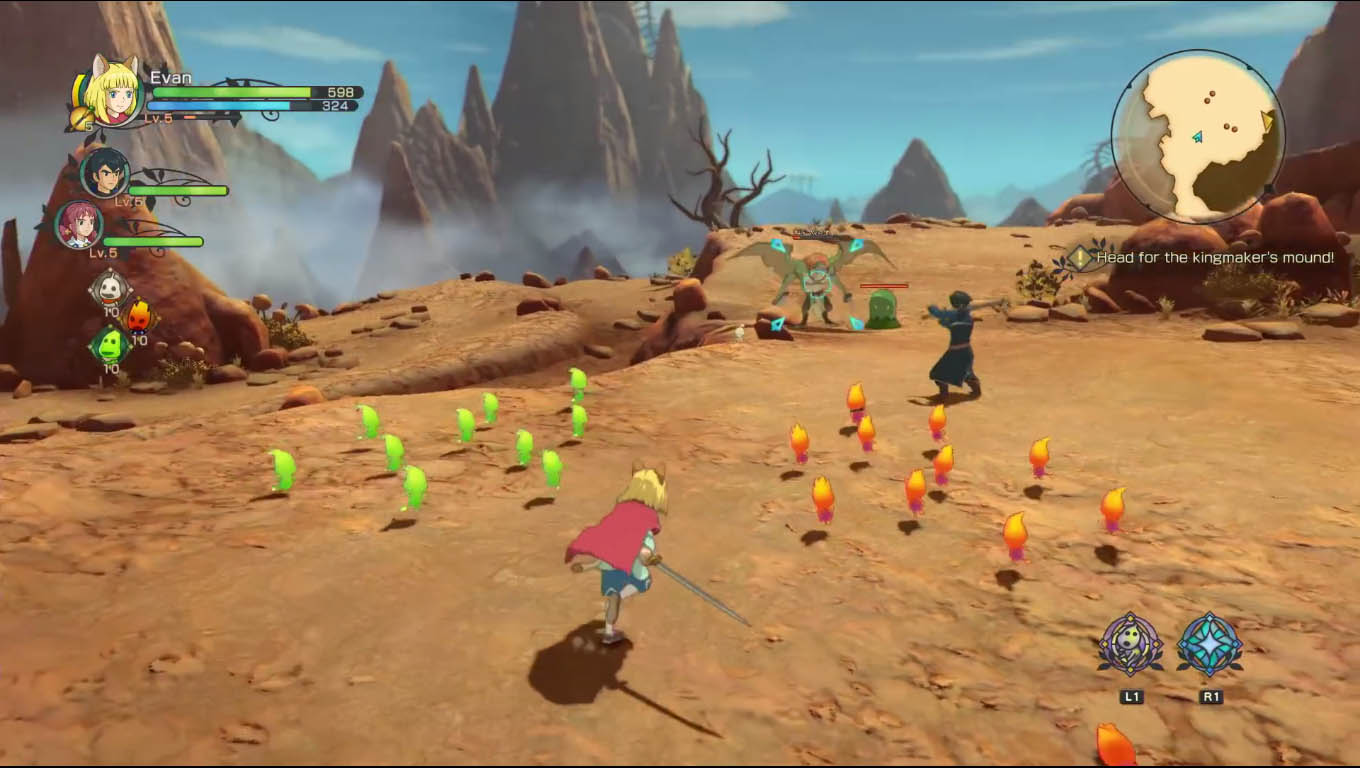
Evan and his supporting cast aren’t as well developed or memorable as in the first game. King Evan is a goody two shoes who never really develops in the same way the Oliver did in the original game, despite the life changing events that take place to them both. Like in so many video games of all stripes I felt like I was responding to events rather than shaping them myself, but that’s so common its a cliche now, and I can’t really mark Ni No Kuni II down in that regard.
Ni No Kuni II retains the same anime, Studio Ghibli-inspired aesthetic that was such a trademark of the first game. There are, however no animation scenes like in the original games. Competent in-engine cutscenes instead take their place, and in all fairness they look great. The power of current-gen consoles and modern games really have started to nail a complete anime look, DragonBall FighterZ being another key example. But nothing compares to the work of Studio Ghibli itself, and while it is understandable why animation is missing from Ni No Kuni II, its absence is missed, and will be at least for those who played the first game. Players new to the franchise (likely many of those purchasing the game) won’t even notice that its gone.
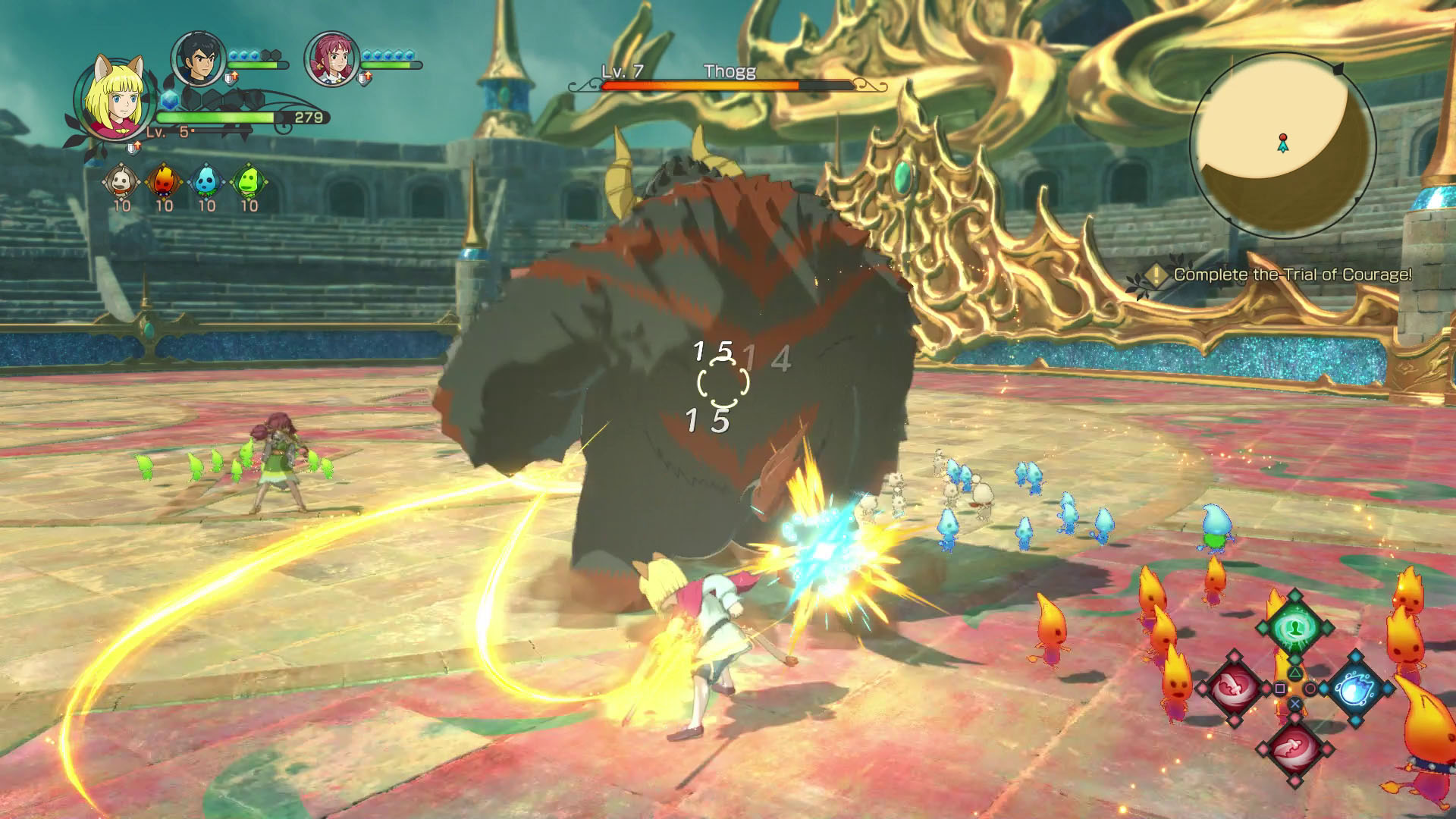
Beyond the graphics, there are three main additions or improvements to Ni No Kuni II from the first game. They vastly increase the scope of Ni No Kuni II, to make it a much larger, and longer game than the first, or many other games in this genre.
The first addition is town-building, which personally I’m always a sucker for. Seeing a town, kingdom or city grow and people come to live in it as you meander your way through your journey provides tangible evidence of your progress through your game.
Ni No Kuni II’s kingdom building gives me the same kick, though it was surprisingly deeper (and more complicated) than I was expecting.
You can build new facilities, assign staff with particular specialities to them and undertake research to improve your combat and non-combat abilities. It is well integrated into the narrative, and fits in with the idea of Evan establishing a new kingdom following his coup de etat. It’s always pleasing to see a thriving kingdom filled with minions toiling away, and while it did feel a bit superfluous to the main game, it’s a competent execution of town-building.

The second improvement is one of the biggest changes to the whole game, and that’s the combat.
Ni No Kuni II now features time action combat where you can dodge, make strong and light attacks, cast spells and unleash special abilities.
Your Higgeldies, pokemon type helpers that play a key part in the narrative give you some “super” moves that can change the tide of a tight battle. It feels a bit like Kingdom Hearts, and was actually quite good. However I never really felt like I was taking full advantage of the depth of combat, and that’s because Ni No Kuni II is really a pretty easy game. I was routinely beating higher-level enemies without much thought. It’s only certain bosses and in the Persona-like optional dungeons that I felt challenged. I do wish there were a “difficult” mode, and maybe it can be added in a future update so players can really get the most out of the improved and revamped combat systems.
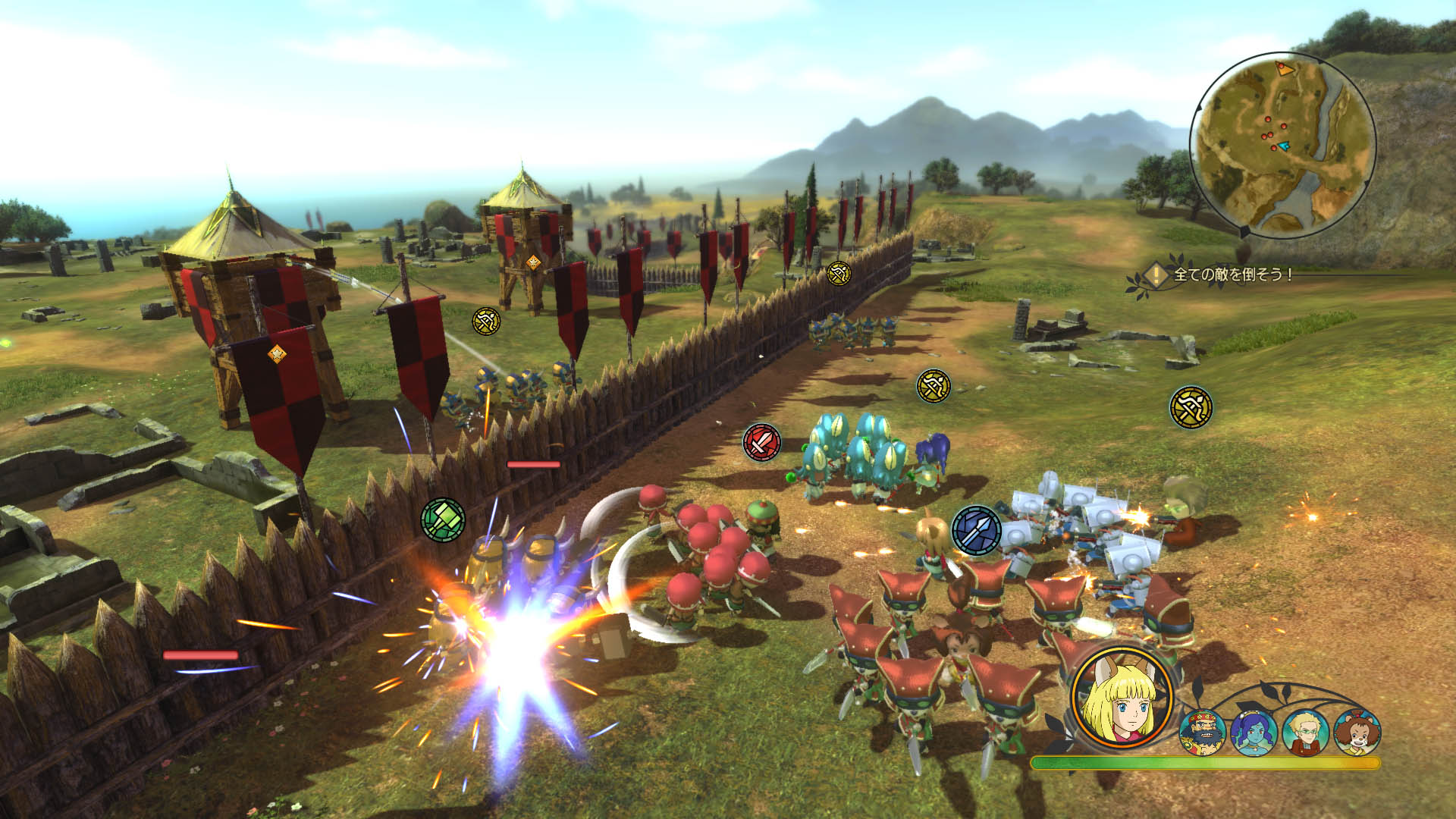
When I sat down to play Ni No Kuni II at PAX Australia last year, I was surprised to see that I wasn’t playing the game I thought I was. Instead of the usual third-person romp through a fantasy world, I was on a battlefield controlling different mobs of fighters. I was introduced to a weapon triangle, a la Fire Emblem, and it was all a bit bewildering. This is the third and final major change to Ni No Kuni II and all these elements from the demo at PAX Australia are in the final game. Field combat provides a very different experience from the rest of the game, and in the end I felt that this mode was fairly surplus to the game’s core offering, but I guess it’s there if you are interested in it.
I tested the PC version through Steam, and the game ran well on both my mid-end and higher-end PCs. My GTX 970 ran the game at nearly max settings at 1080p and my GTX 1070 had no issues with 1440p at top settings. I did find some strange slowdown in the first few minutes of loading up the game, but that disappeared after a short while, and may the slowdown be addressed in a patch.
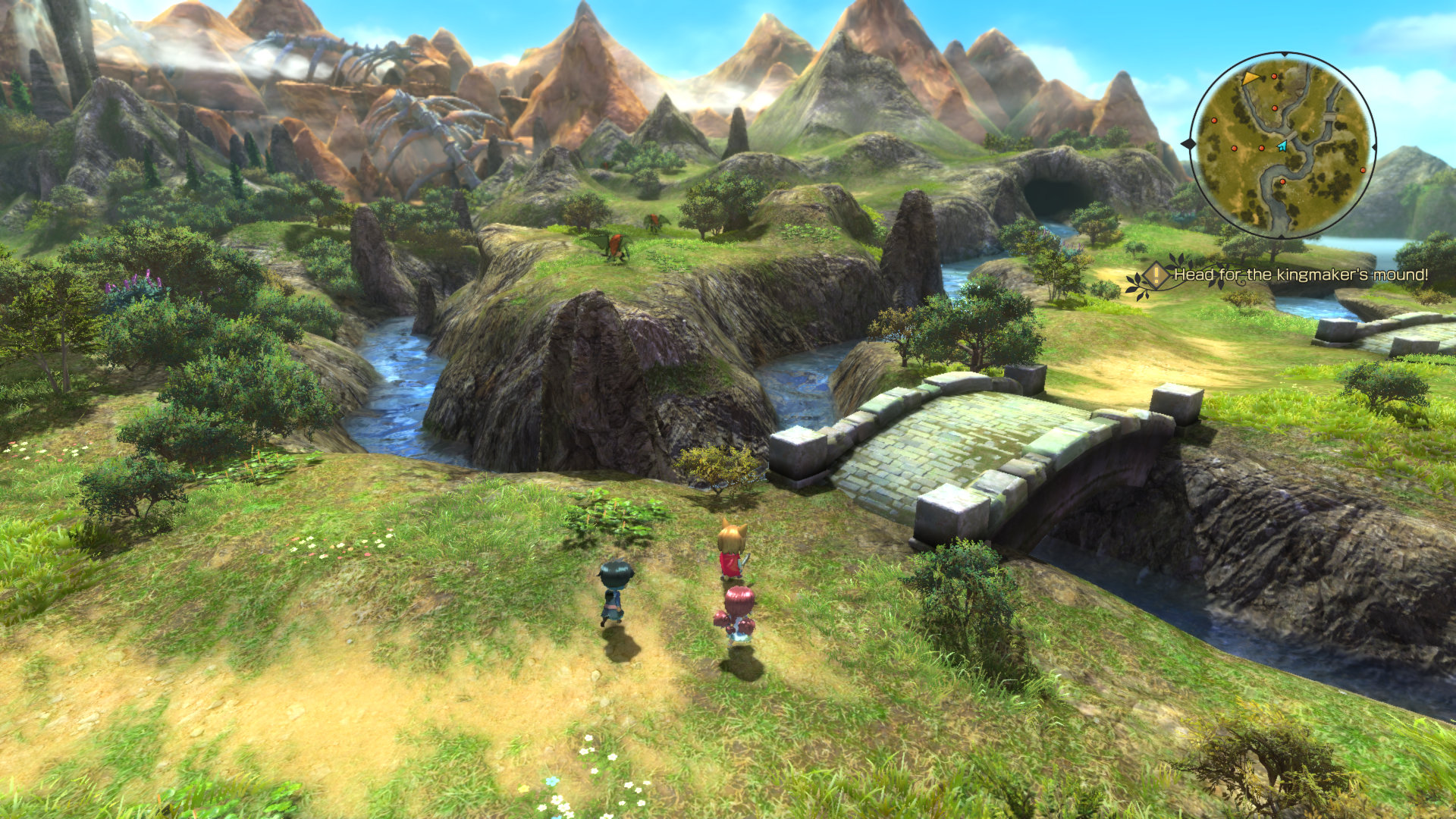
As in many JRPGs, it does take a number of hours to really get into the game. But unlike other JRPGs, it doesn’t feel like you’re doing busy work to get to the real meat of the experience. Instead it’s just playing the game, and new modes and layers of complexity are introduced in a logical and well-paced order. This is something many RPGs get wrong, so it was nice to see the ramp up being so thoughtfully considered.
In the end, Ni No Kuni II: Revenant Kingdom is a serviceable sequel that offers much more that the original game but in the end delivers less.
It is much larger, with kingdom building, extra dungeons, field battles and a whole lot more to dig in to. But it fundamentally lacks some of the charm and character development of the original game. Don’t get me wrong, the art direction, the soundtrack and the story are all excellent. This is a solid game that stands above and apart from other games in its genre. It corrects many of the flaws of its predecessor but somehow lacks some of its charms. It’s one of the best JRPGs so far this year, and with expanded scope on the PC as well as the PS4, should appeal to audiences far and wide.
[rns_reactions]
Released: March 2018
Rating: PG
Platforms: PC (Windows 10) (also releasing on PlayStation 4)
Genre: JRP
Developer: Level-5
Publisher: BandaiNamco</p

